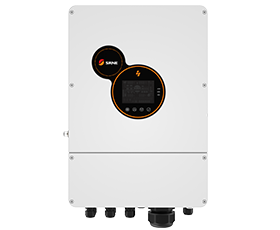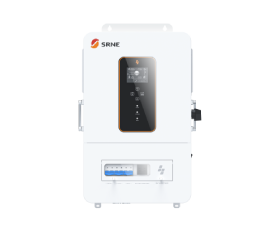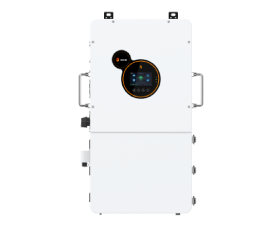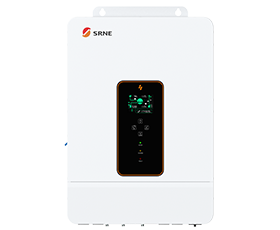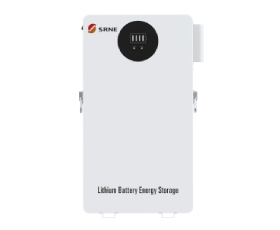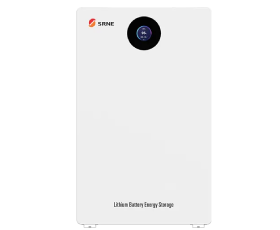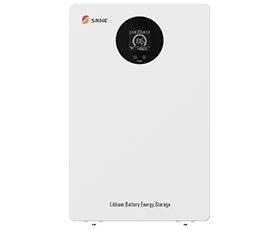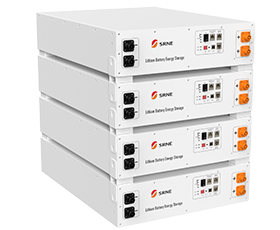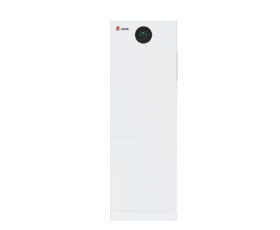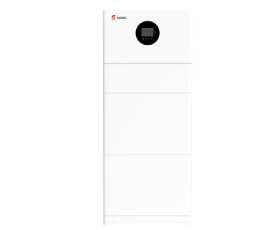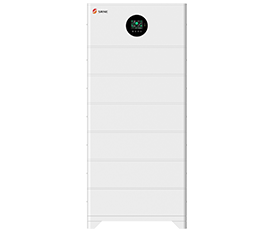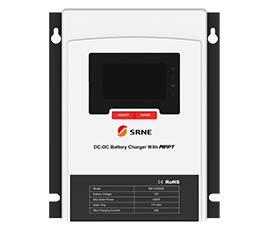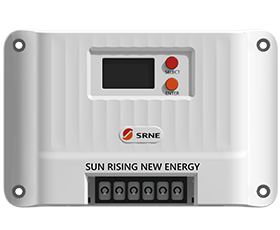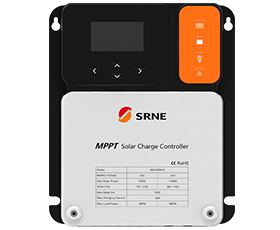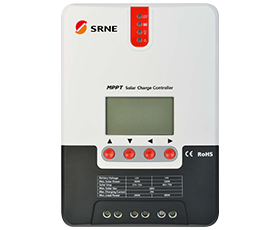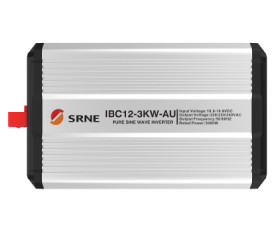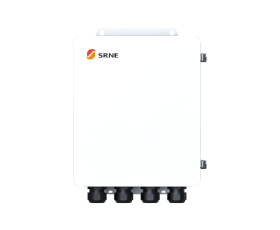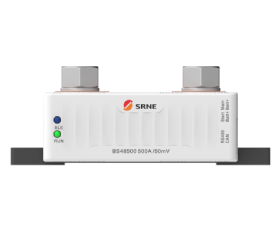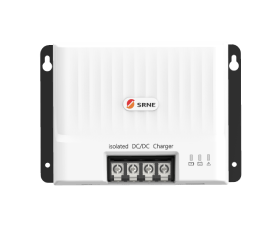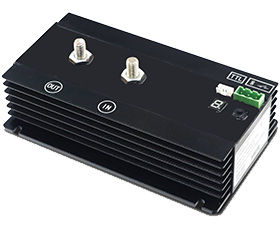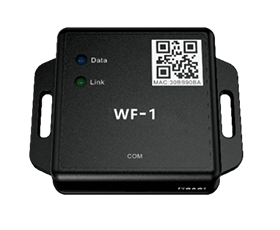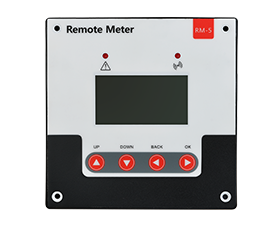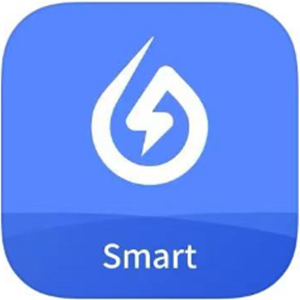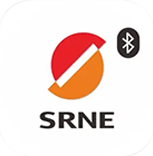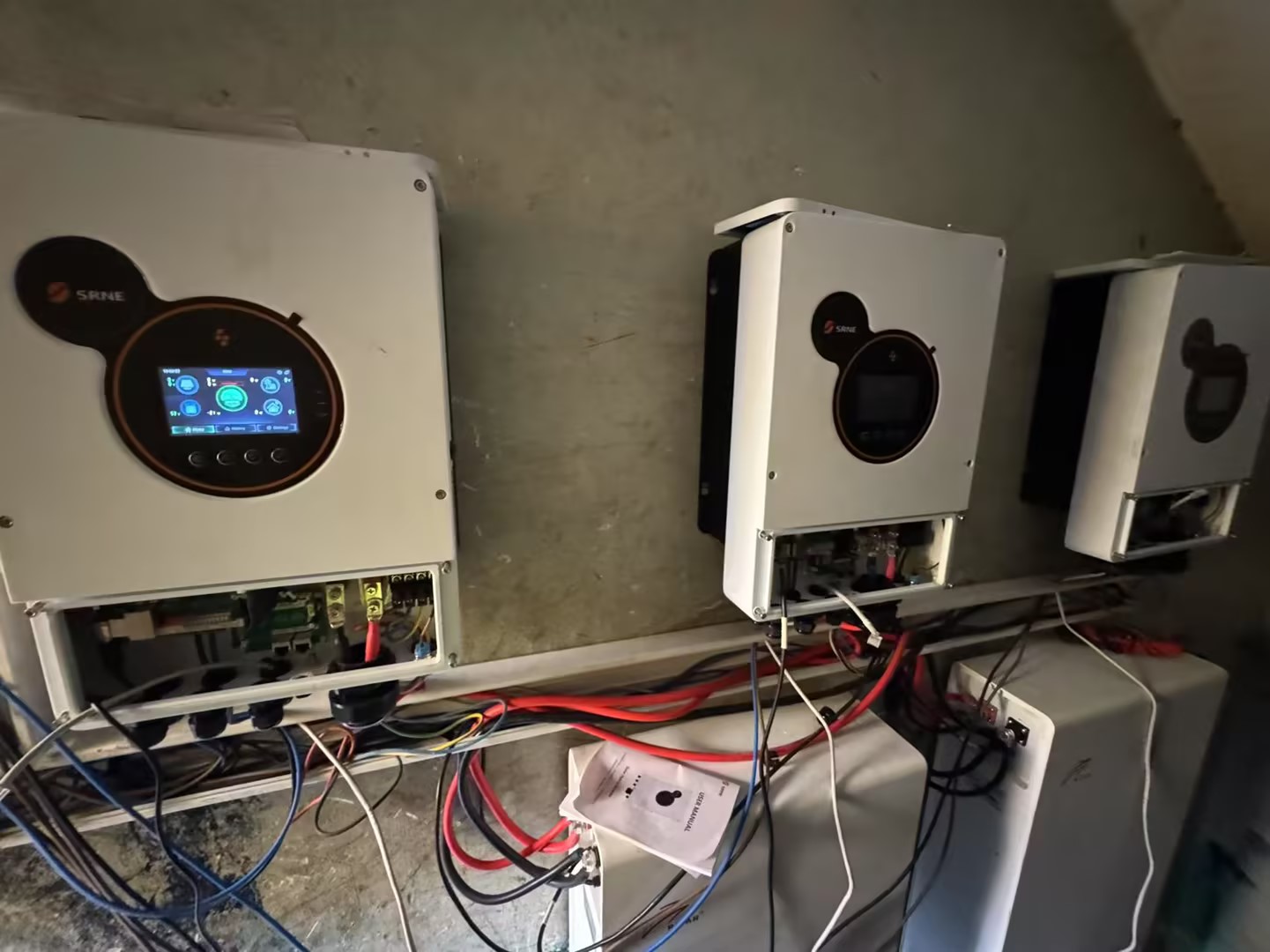MPPT vs PWM: Which Is Better for Hybrid Inverters?
As solar technology evolves, hybrid inverters have become the go-to solution for homes and businesses seeking a reliable, all-in-one energy management system. Among them, the debate between MPPT and PWM solar charge controllers continues to shape purchasing decisions. In this article, we’ll break down PWM and MPPT hybrid inverter differences, highlight their strengths, and help you determine which option is better for your hybrid inverter setup.
1.What Is a Hybrid Inverter?
A hybrid inverter is a smart, multi-functional device that not only converts DC power from solar panels into usable AC electricity, but also intelligently manages the flow of energy between the solar array, battery storage, utility grid, and household appliances. In essence, it serves as the central control unit of a modern solar energy system, enhancing overall efficiency, flexibility, and reliability.
Typically, hybrid inverters combine three core functions:
Inversion: They convert DC electricity from solar panels or batteries into AC power suitable for home or commercial use.
Battery Management: They automatically store excess solar energy in batteries during the day and draw from that stored energy when solar production drops, such as at night or during cloudy weather.
Grid & Off-Grid Switching: They seamlessly switch between grid-tied and off-grid modes, ensuring uninterrupted power supply during outages while reducing dependence on the utility grid.
Learn more:
https://www.srnesolar.com/articledetail/the-ultimate-guide-to-solar-hybrid-inverters.html
2.Why Built-In Charge Controllers Matter
An essential feature of any hybrid inverter is its integrated solar charge controller, which regulates the voltage and current coming from the solar panels to safely charge the battery bank. Without this component, batteries are at risk of overcharging or deep discharging—both of which can significantly shorten their lifespan or even cause system failure.
There are two main types of solar controllers typically built into hybrid inverters:
PWM (Pulse Width Modulation): This type is simple and cost-effective, but generally less efficient. It is especially limited under varying weather conditions or when the panel and battery voltages are mismatched.
MPPT (Maximum Power Point Tracking): This more advanced type constantly adjusts to the optimal voltage and current levels in real time, allowing it to extract the maximum available power from the solar panels under all conditions.
3.Where MPPT or PWM Comes In
The choice between PWM and MPPT charge controllers inside a hybrid inverter significantly affects system performance and energy efficiency. MPPT solar charge controllers are far more adaptive and can increase solar energy harvest by up to 30% compared to PWM, particularly in colder climates or when sunlight is inconsistent.
As a result, MPPT hybrid inverters have become the preferred choice for most residential and commercial solar setups. They provide better energy conversion, support more flexible inverter for solar system designs, and deliver superior long-term value. On the other hand, PWM-based hybrids still have their place in small-scale or budget-sensitive applications, where system efficiency is not the top priority.
Learn more:
https://www.srnesolar.com/articledetail/soalr-inverter-system-all-you-need-to-know.html
4.PWM vs MPPT Hybrid Inverters: Feature-by-Feature Comparison
Feature | PWM | MPPT |
Efficiency | Lower (70-80%) | Higher (95-99%) |
Cost | Lower | Higher |
Panel Compatibility | Requires voltage match | More flexible |
Performance in low light | Poor | Excellent |
System Size Suitability | Small/basic setups | Medium to large systems |
Learn more:
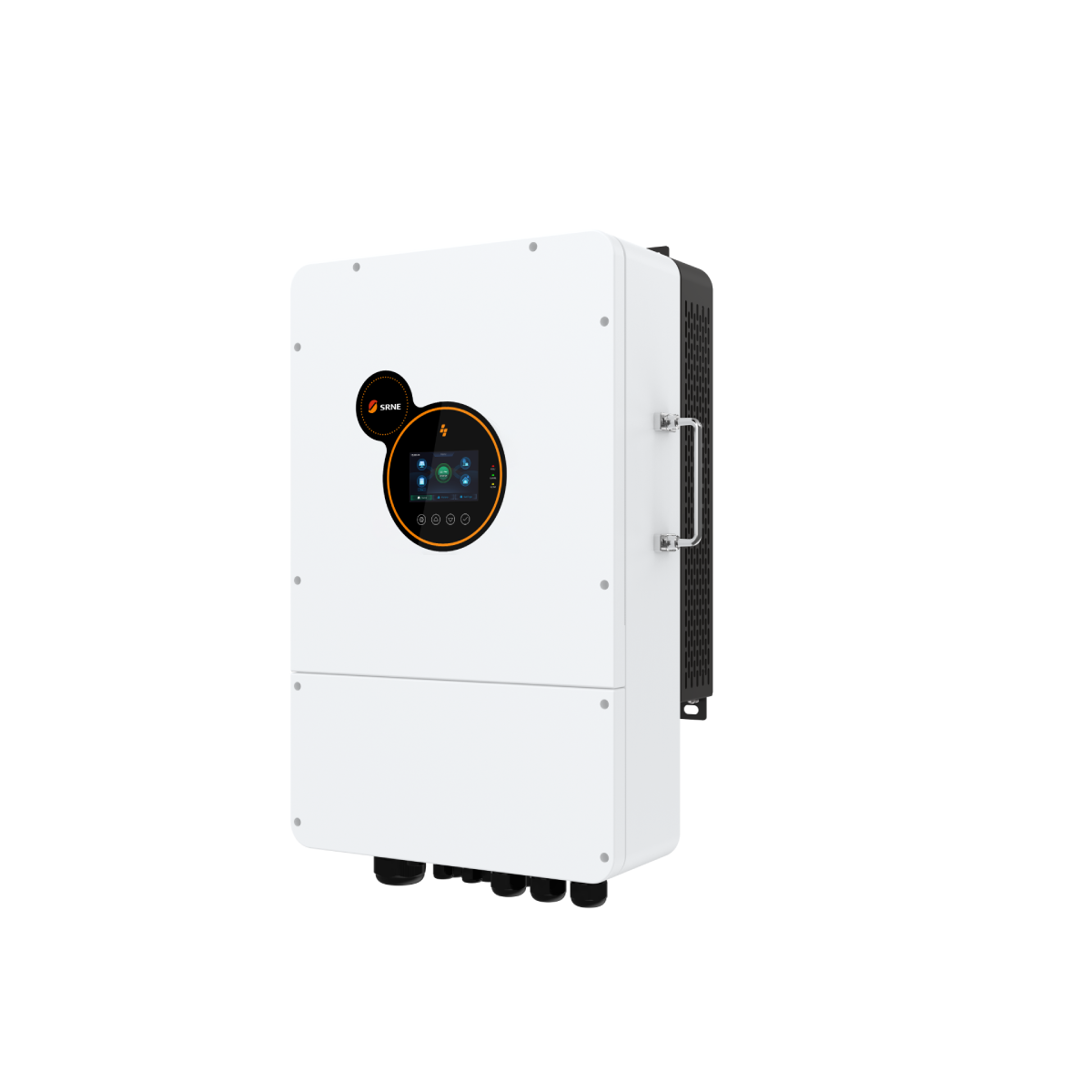
5.Which One Is Better for Hybrid Inverters?
When evaluating hybrid inverters, MPPT (Maximum Power Point Tracking) stands out as the preferred choice—not just because it’s newer technology, but because it delivers real-world performance advantages that are hard to ignore.
Unlike older PWM designs, MPPT controllers actively track the optimal voltage and current combination from your solar panels as conditions change throughout the day. This means the inverter can draw more usable energy, particularly during cloudy weather, early mornings, or cooler temperatures when panel efficiency fluctuates. The result is a system that adapts, responds, and delivers more power—without needing ideal conditions.
It’s no surprise then that most modern hybrid inverters are built around MPPT. The technology enables greater compatibility with a wider range of solar panels, more efficient battery charging, and smoother integration into both on-grid and off-grid systems.
That said, PWM still has its place. For small-scale setups where the panel and battery voltages are naturally aligned—and where cost is a primary concern—PWM-based inverters can offer a simple, functional solution. Applications like rural lighting, backup systems for remote cabins, or portable solar kits often use PWM because the performance trade-offs are acceptable in these contexts.
However, if you're thinking long term, MPPT hybrid inverters offers more value over the lifespan of the system. You’ll not only capture more solar energy, but also benefit from shorter charging cycles, extended battery health, and improved overall system efficiency. These gains add up—lower maintenance, reduced utility costs, and a better return on your solar investment.
In the end, MPPT isn’t just a performance boost—it’s a future-ready foundation for solar systems that need to be smart, efficient, and reliable. Whether you're planning for energy independence or simply want the most from your solar array, MPPT makes the most sense for today and tomorrow.
Learn more:
Conclusion
For users aiming for maximum energy efficiency, future scalability, and long-term savings, MPPT hybrid inverters are clearly the superior choice. They don’t just manage your power—they optimize it. As solar systems become smarter and more capable, investing in MPPT technology ensures your system is ready to meet tomorrow’s energy needs, today.




















